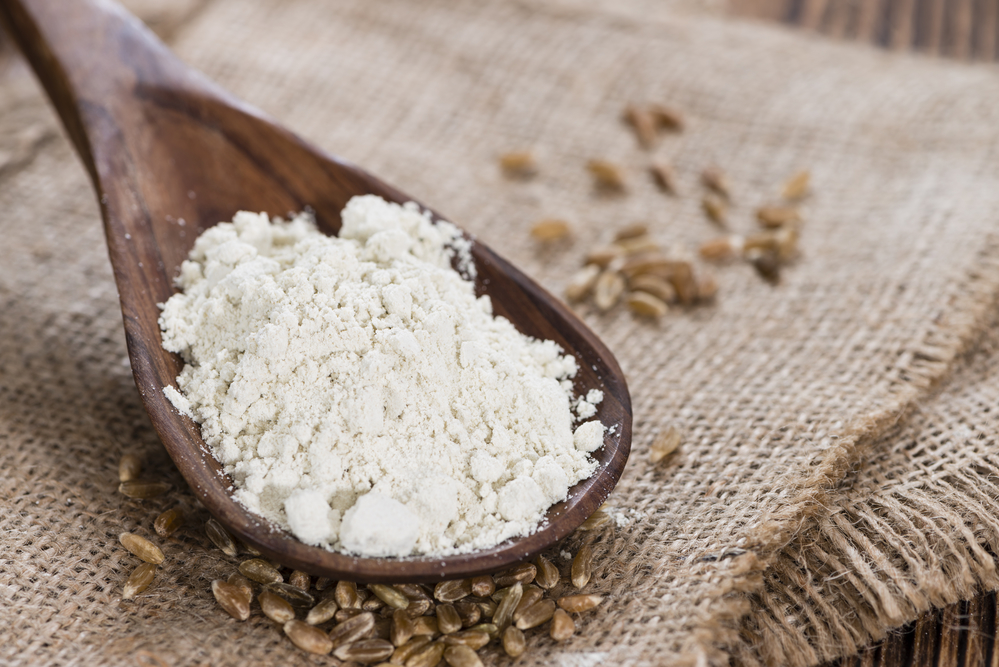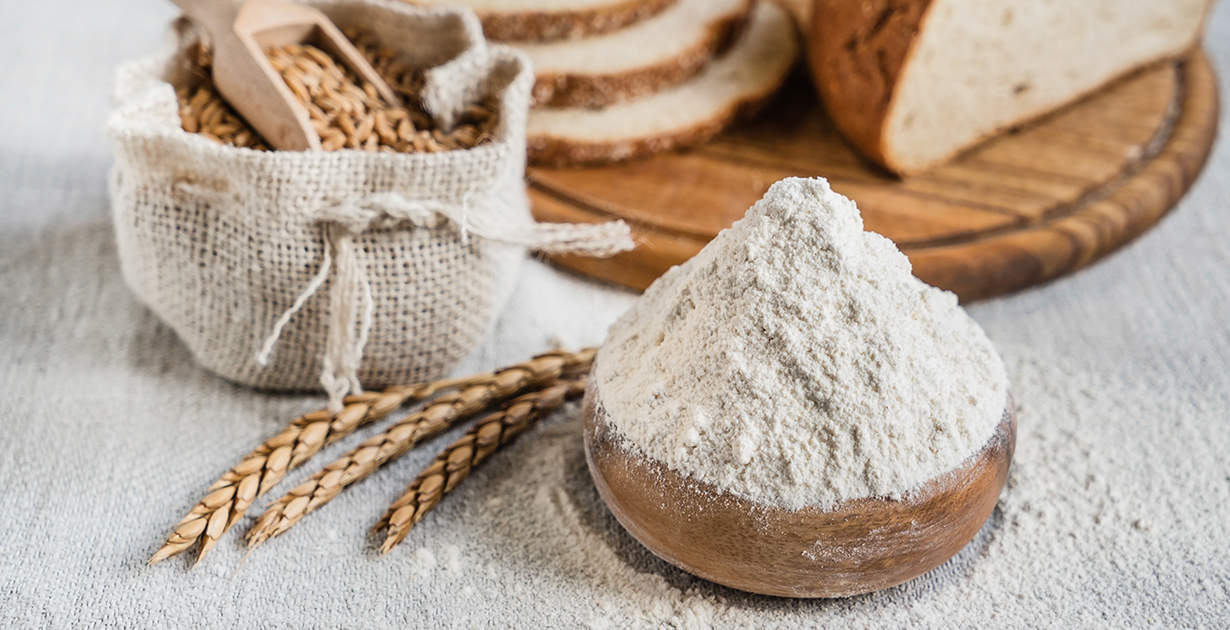When it comes to healthy eating, many of us are constantly on the lookout for ingredients that not only taste great but also boost overall wellness. One such ingredient making a strong comeback in kitchens worldwide is spelt flour.
This ancient grain, a distant relative of modern wheat, has been cultivated for thousands of years.
Its nutty flavor, light texture, and impressive nutrient profile make it a favorite among health enthusiasts, bakers, and anyone looking to diversify their diet.
What is Spelt Flour?
Spelt (Triticum spelta) is an ancient grain that has been grown since biblical times. Unlike modern refined wheat, spelt is less processed and retains more of its natural nutrients. The flour is made by grinding the entire grain, which means it contains the bran, germ, and endosperm, making it a whole-grain flour rich in fiber, protein, and minerals.
Health Benefits of Spelt Flour
1. Rich in Fiber for Digestive Health
Spelt flour is high in dietary fiber, which supports healthy digestion, prevents constipation, and helps maintain a balanced gut microbiome. A fiber-rich diet can also promote satiety, making you feel fuller for longer.
2. Packed with Plant-Based Protein
Compared to regular wheat, spelt flour has a slightly higher protein content. Protein is essential for muscle repair, immune support, and hormone production. This makes spelt a good option for vegetarians, athletes, or anyone aiming to increase their protein intake naturally.
3. Supports Heart Health
The high fiber content in spelt helps lower cholesterol levels, while its magnesium supports healthy blood pressure regulation. Together, these benefits can contribute to a healthier cardiovascular system.
4. Rich in Vitamins and Minerals
Spelt flour is a good source of:
- Iron – important for oxygen transport and energy levels.
- Magnesium – supports nerve function, muscle relaxation, and bone strength.
- Zinc – boosts immunity and aids in wound healing.
- B vitamins (especially niacin) – play a key role in metabolism and energy production.
5. Better Tolerability for Some People
Although spelt does contain gluten, some individuals who are sensitive (but not gluten-intolerant or celiac) find it easier to digest than modern wheat. This may be due to its different gluten structure and higher water solubility, making it gentler on the digestive system.
6. Aids in Weight Management
Because it is nutrient-dense and high in fiber, spelt flour helps regulate appetite and blood sugar levels. This makes it a smart choice for those trying to maintain a healthy weight or reduce cravings.
How to Use Spelt Flour
Spelt flour can be used as a substitute for regular wheat flour in most recipes, though it tends to absorb less liquid. It works beautifully in:
- Breads and rolls
- Pancakes and waffles
- Muffins and cookies
- Pasta and pizza dough
Its mild nutty flavor adds depth to baked goods without overpowering other ingredients.

Spelt flour is more than just a trendy baking ingredient—it’s a nutritious, versatile, and time-tested grain that supports overall health.
Whether you’re baking a hearty loaf of bread, making pasta from scratch, or simply looking for ways to add more whole grains to your diet, spelt flour is a wholesome choice worth exploring.

